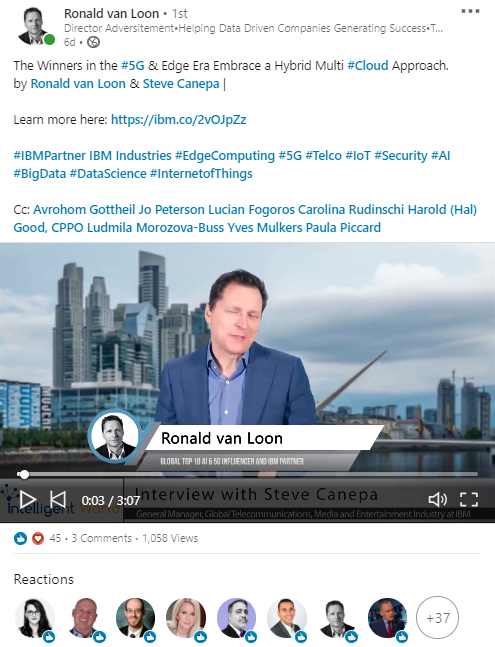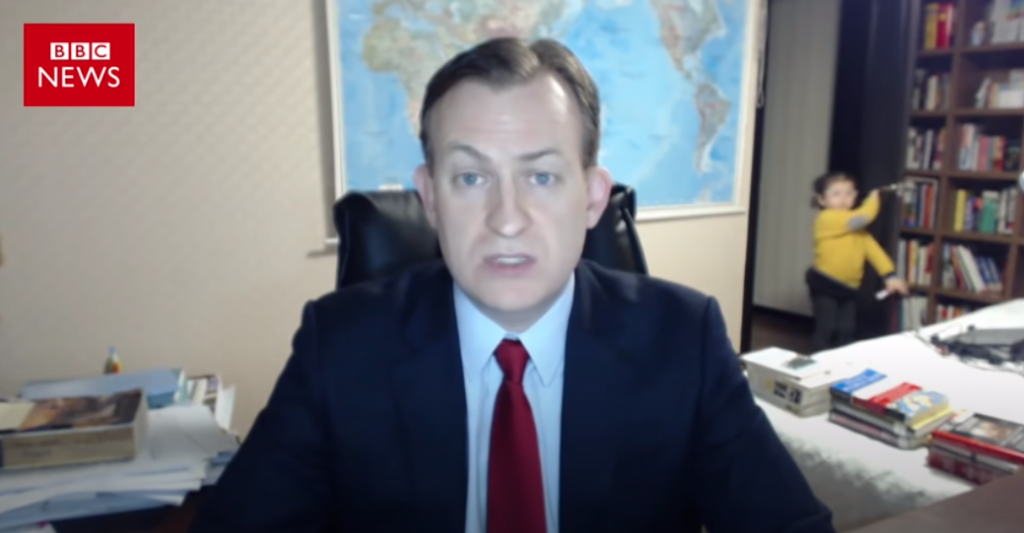In-light of the current circumstances, marketers all over the globe are cancelling or postponing their events, and for the bravest of marketers, they’re even taking their events online.
Brave, I hear you ask? What makes this a brave move? Well, virtual events have been around a while, but really, they’re usually just, as Brian Fanzo recently ever-so-succinctly put it, “webinars re-branded“. Now, there is nothing wrong with a webinar; a 30 minutes – 1 hour masterclass online, with a live Q&A hosted by an industry expert is a great tactic to spark brand awareness, educate your audience and drive leads. But multiple streams with a whole day of back to back webinars? Not so appealing. Let’s make a pledge to not label webinars, virtual events.
The challenge with virtual events, is replicating the experience and excitement that an offline, in-person event delivers, effectively online – both from a brand perspective of achieving their outcomes and goals, such as lead gen and online engagement, through to delegate experience of being able to network and interact with speakers and other guests.
Now let’s get on to how we can make this happen.
1. Networking
Perhaps one of the best attributes of any event is the ability to mingle and network. When you’re at an event with like-minded people with similar interests, you’re more often than not guaranteed to leave with meaningful connections and perhaps some immediate opportunities.
When it comes to replicating this online, tech and social media are your best friends. Depending on which tech platform you’re using to host your virtual events (we have a breakdown of tech platforms here under “practical considerations”), many of these recommended tools come with chat functions that are audio and video enabled, allowing your attendees to chat like they’re in-person. Some of the interfaces also resemble what we can only refer to as a professional “chat roulette”, whereby you can move on to chat to others very quickly.
Something that we must also bear in mind, however, is that virtual events give us the ability to broaden reach to a global level and to drive much higher attendee numbers. This is great, of course, but we want to find ways of making it easy for guests to connect with relevant people. At in-person events there are often corners or tables dedicated to different topical niches enabling guests to meet and chat with people that have shared interests.
One possible solution to this is hosting virtual “meet ups” over video and/or creating individual hashtags hosted by industry influencers revolving around specific topical areas of interest. For example, a virtual AI meet up slot as part of a tech event, complemented by an AI event hashtag, with a leading AI influencer hosting a Twitter Chat and driving conversation. This tactic has a shelf life beyond COVID-19 when social distancing measures are lifted, where local in-person meets ups can be leveraged as part of a global virtual event strategy.
2. Interactivity
Something else to consider is including interactive games, polls and competitions in the presentations (and throughout the entire event!) to drive audience participation and make the talk more exciting. We have some example tools here under “practical considerations” that will help drive audience engagement and interactivity.
You may also want to split up events over multiple days to keep your audience engaged and excited, but you’ll have to consider tactics to keep them coming back each day. Having well known public figures and influencers as the hosts of each day is a great way to do this.
3. Staging & Set up
Do not neglect this part! Otherwise you run the risk of echoed rooms, poor lighting, boring back drops, background noise and interruptions – all of which are distracting to the audience. I’m sure we can all remember the famous BBC news interview where the kid walked in and interrupted an otherwise serious interview – funny, but not ideal.
Going back to a point I made above, pre-recording sessions is a great way to ensure you have seamless presentations with optimal staging and set-up, and there’s even time for editing lighting and sound if you need to. But if this is not something you are able to do, or you want to stick to live sessions, then it is important to have half hour video calls scheduled in the preceding week with all of your speakers to agree where they will record and if there is any risk they will be interrupted. This way you can make any changes to the agenda and put precautionary measures in place to mitigate any risk.
Equally, if you’re hosting panels with multiple people, it is important to do the same so that the panellists aren’t meeting for the first time as the panel starts.
You can also consider shipping radio mics, decent webcams and lighting set ups if it is going to help you really up the quality. Amazon have great affordable options that you can plug straight into a smartphone, but this isn’t usually necessary as most laptops have good cameras and microphones. Filming on smart phones rather than webcams is also a great option.
4. Speaker Experience
Now we’ve spoken a fair bit about audience experience, but what about the speakers? Speakers usually have lots of influence offline and online and without them, events are nothing, so it is important to nail their experience too.
If you ask any professional event speaker why they do what they do, they will more often than not tell you that they love the buzz, meeting their audience and meeting other speakers. So a big part of this, similar to your guests, is networking. Do not neglect to roll out networking initiatives with your speakers – facilitate virtual meet ups, coffee breaks and lunches so that speakers can meet other speakers and feel like they’re valued. If you wanted to get super cool and creative, you could send your speakers doughnuts, cupcakes and coffee from local shops to enjoy together over a virtual breakfast morning or coffee break!
Again, post COVID-19, look to facilitate local in-person meet-ups with speakers and guests where you can.
5. Event follow-up
The beauty of virtual events is that all the event data and content is already online and at your disposal, so event follow up can be far more personalised and help sustain engagement.
Consider sending recordings of the talks that your guests attended, along with some other related content that they’ll find interesting, and encourage them to sign up for more content. You can also break down your event presentations into smaller, more digestible video clips, blog posts and infographics to drive on-demand views of your content, sustain lead gen and to keep your social media and content plans full.
Onalytica have partnered up with The Crocodile, Turtl and ON24 to form an immersive virtual events solution. If you’ve got an upcoming virtual event and you’re looking to replicate the offline experience, get in touch by clicking the button below.


